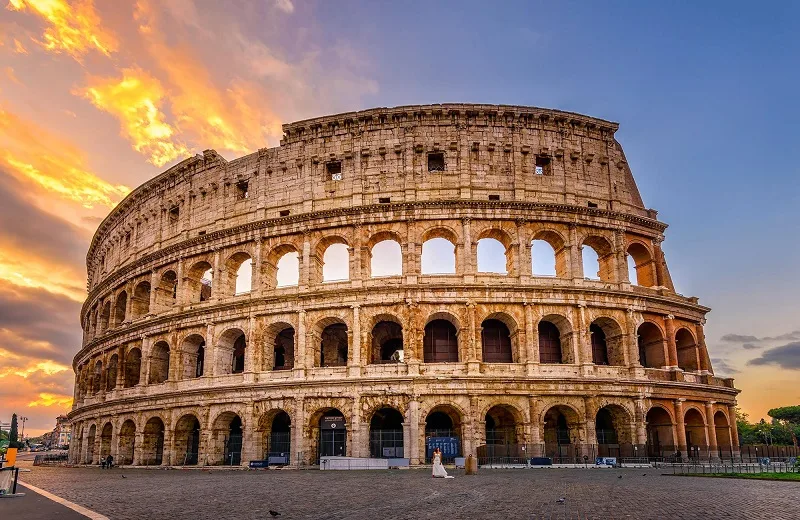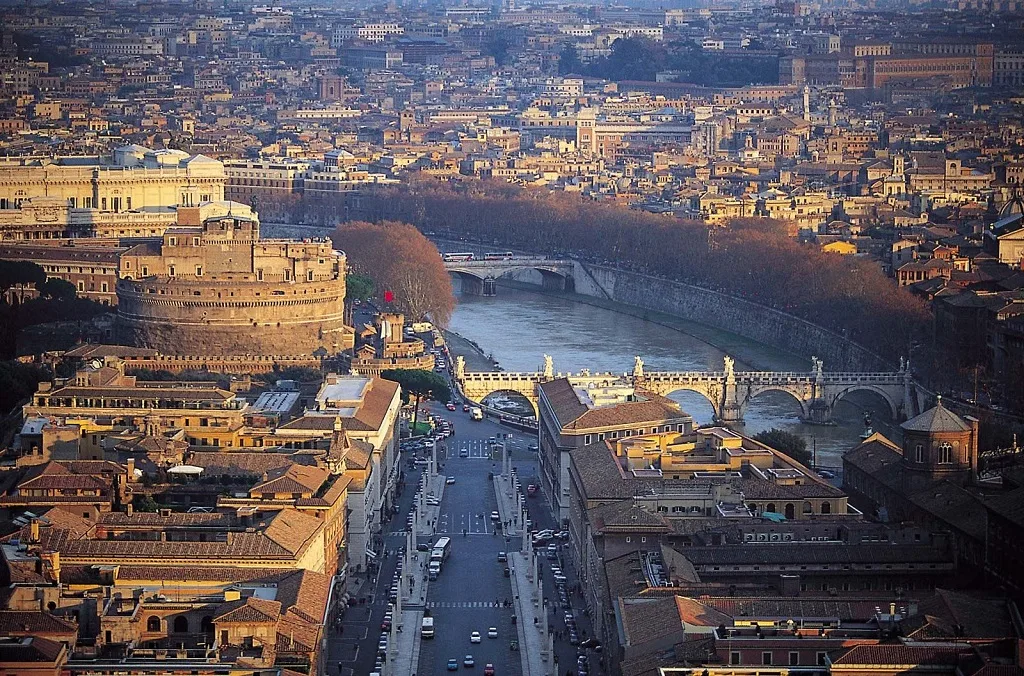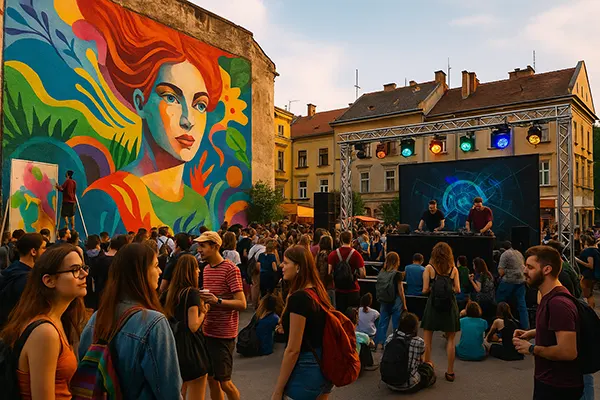
Why You Should Visit Rome: A City of Timeless Beauty and History
Rome, the eternal city, has beckoned travellers for centuries with its remarkable blend of ancient ruins, vibrant street life, and culinary delights. Known for its historical significance and architectural marvels, Rome offers a unique journey through the past and present, making it a must-visit destination on any travel itinerary.
Where It Is and How to Get to the City
Located in the heart of the Italian peninsula, Rome is easily accessible from major international and domestic locations. The city is served by two main airports: Fiumicino (Leonardo da Vinci) and Ciampino, with Fiumicino being the primary gateway for international flights. For those preferring ground travel, Rome’s central train station, Termini, offers extensive rail connections to and from major European cities. Additionally, driving to Rome offers a scenic route through the Italian countryside, though navigating the city by car can be challenging due to its busy traffic and strict ZTL zones (limited traffic zones).
Once in Rome, the best way to explore is on foot or by utilizing the Metro system, which provides efficient service to most tourist attractions. Buses and trams fill in the gaps, although they can be crowded and subject to delays. For a more personal experience, consider hiring a Vespa or a bicycle to navigate the narrow alleys and discover hidden gems that are not accessible by public transport.
Its Founding Story
The legend of Rome’s founding is a blend of myth and historical truths. According to Roman mythology, the city was founded by Romulus in 753 BC, who, along with his twin brother Remus, were descendants of the Trojan prince Aeneas. The twins were famously raised by a she-wolf in the area which would later become Rome. Romulus killed Remus in a dispute and named the city after himself. This legendary tale encapsulates the dramatic and often violent nature of ancient Roman politics.
Historically, Rome began as a small village on the Palatine Hill. Over time, it grew into the Roman Republic, and eventually the Roman Empire, which at its peak, encompassed vast territories across Europe, Asia, and Africa. The remnants of Rome’s extensive past can be seen in the ruins that pepper the city, offering insights into an empire that shaped the western world profoundly.
Attractions
Rome’s landscape is a sprawling canvas of historical landmarks, with the Colosseum, the Roman Forum, and the Vatican City as its standout features. The Colosseum, an architectural feat and the site of ancient gladiatorial battles, continues to awe visitors with its imposing structure. The Vatican City, home to the Pope and a trove of iconic art and architecture, including the Sistine Chapel with Michelangelo’s ceiling, invites millions of visitors each year. Not to be overlooked, the Pantheon, with its ancient Roman engineering marvels, offers a glimpse into the past’s ingenuity.
Is There a Casino in the City? If Yes, Then What
Rome does not feature traditional casinos with slot machines and gambling tables as found in other parts of the world like Las Vegas or Macau. Gambling in Italy is regulated and mostly limited to smaller gaming venues and sports betting shops. However, Rome offers a variety of “gaming halls” (sale giochi) where visitors can engage in legal video lotteries and electronic games.
These establishments provide a different type of entertainment, focusing more on digital and electronic games rather than live table games. The Italian government tightly controls these venues, ensuring that they adhere to strict guidelines to prevent gambling addiction and promote responsible gaming practices.
For those interested in a more traditional casino experience, the nearest options are located outside of Rome, with the most notable being in Sanremo and Venice. These casinos offer a full range of services, including slots, card games, and roulette, set within luxurious settings that blend gambling with historical elegance.
It’s essential for visitors to remember that while these gaming halls in Rome do not offer traditional casino games, they still provide a unique Italian gambling experience, combining modern technology with strict regulatory standards.
Entertainment
Beyond historical and architectural tourism, Rome offers a vibrant nightlife and a rich tapestry of cultural entertainment. The city is teeming with opera houses, live music venues, and theatres, presenting everything from classical music performances to contemporary theater productions. Roman cuisine also plays a significant role in its cultural experience, with numerous restaurants and bars offering traditional Roman dishes and wines, which are a must-try for any visitor.
The city’s open-air markets are a bustling spectacle of daily life, where locals and tourists alike can enjoy the lively atmosphere and purchase everything from fresh produce to artisanal crafts. Seasonal festivals, often held in these public spaces, provide a window into the rich traditions and community spirit of Rome.
Moreover, Rome’s parks and gardens offer a tranquil retreat from the bustling city. The Villa Borghese gardens, in particular, are a green sanctuary where one can rent bikes or boats, enjoy casual strolls, or visit the Borghese Gallery, which houses a significant collection of art.

Historical Heritage
Rome’s historical narrative is told through its vast array of monuments and ruins that date back thousands of years. The city’s extensive list of UNESCO World Heritage sites includes not only the well-known Vatican and its stupendous museums but also numerous ancient monuments scattered throughout the city. These sites are meticulously preserved, allowing for a comprehensive overview of Roman engineering and architectural prowess over the centuries.
The Roman aqueducts, although less celebrated than other landmarks, are a testament to the engineering genius of the ancients and are essential for understanding how the Romans managed water, a resource as crucial now as it was then. The Catacombs of Rome offer a different perspective, serving as subterranean witness to early Christian burial practices and their symbology.
Lastly, the role of Rome in the development of Western civilization cannot be overstated. Its legal and political systems influenced the structure of modern democracies, and its philosophical and literary contributions continue to resonate today. Therefore, a visit to Rome is not just a tour of a city but an encounter with the cornerstone of Western culture.






